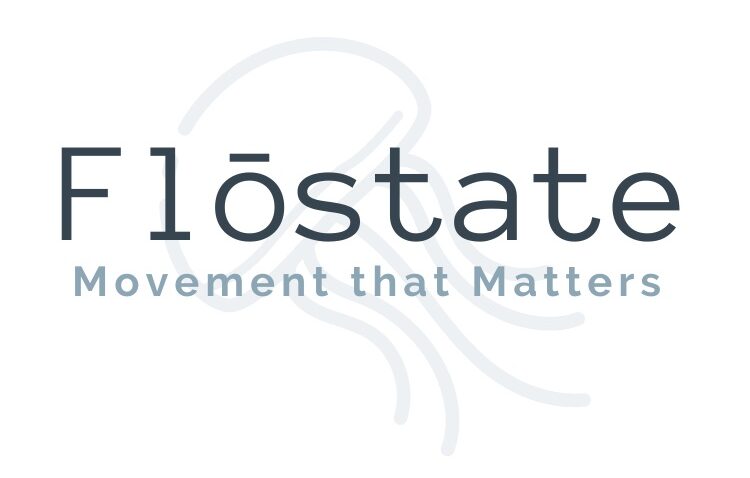Weeklong cabin trip interrupted your exercise routine? Recovering from an illness or injury? Or maybe you’ve just been so busy with the activities and commitments layered upon your work that you just haven’t gotten to the gym lately. There are lots of reasons why we may have taken a longer than intended break from our workout routine. It can leave us feeling sluggish, down on ourselves or just plain out of sorts. So how do you get back to it? What’s the smoothest re-entry?
The best way is just starting. Rip off the Band-Aid.
You need to start. Make the decision that you’re ready to get going again and then pick a specific date as your start date. (Tomorrow is good. Today? Even better!)
There’s more to it than just ripping off the Band-Aid however. Let me break down some simple steps to help you really get back on track.
Step one, make a plan
What type of workouts do you want to do? Did you sign up for a race that you haven’t started training for? Or long to get back to those fitness classes you love? Figure out what type of training you want to do.
Next, decide a workout frequency that’s realistic for you. Can you truly make it to the gym two days a week, even though you keep trying for five? Work on being consistent with what you can actually do first. In this case, realistic is better than optimistic.The last thing you want to do is make an elaborate plan to work out every single day and then burn out or get discouraged because it’s not happening – and quit. Don’t self-sabotage.
Next, get out your calendar and identify slots of time that will work for you to workout. Block off that time like any other meeting. Schedule a workout class with Flostate or make a plan to go for a hike with a friend during that time. Get specific, like “Take Alice’s Total Body Strength Class” or “Walk for 45 minutes at Afton State Park” from 10-10:45 am, etc.
You might have to ease in
Do you already have a routine established or a training plan you’re supposed to be following? Depending on what that is and how long you’ve been gone will determine whether or not you can simply jump back in or if you need to ease yourself back in.
If you’re a beginner exerciser you’ve been out for more than a few weeks or are recovering from injury or illness, you need to take things a little bit slower. Start with maybe a third of what you would normally tackle in your workout week. If you’re used to taking six classes at the gym, you take two and see how your body responds.. If you’re used to resistance training in the weight room, maybe you ease back in by using just bodyweight exercises or picking up lighter dumbbells.
Ramp up like this for a few weeks to reacclimate your body, build your confidence, and also reduce the chances of extreme soreness, or worst case – a relapse in illness or injury.
If you’re an athlete or fitness enthusiast with years of training under your belt and it hasn’t been an extended break, you’d probably be safe just reducing the weight you are lifting, mileage or minutes exercising for a week and then get back to it.
Be patient – you’re in this for the long-haul
In the end, think of this as a marathon and not a sprint. You don’t need to do everything perfectly or expect yourself to be right back where you were. it may take a little time, and that’s OK. Focus on consistency – even if it is different or less than your normal routine. Time really does move fast so before you know it, he will be right back where you left off.
Start now! Take a Flostate Fitness Class today! Visit our Livestream Schedule or our On-Demand Library today to view classes.
